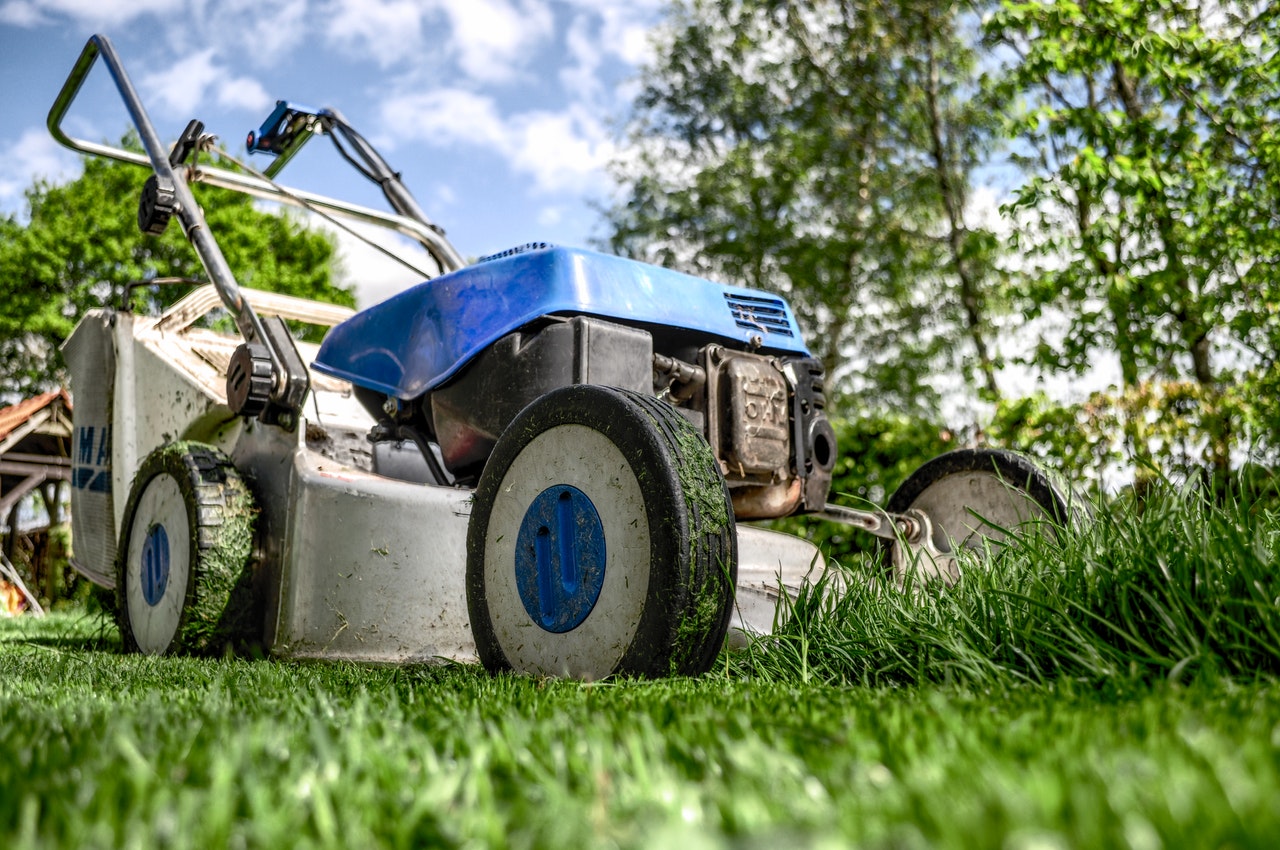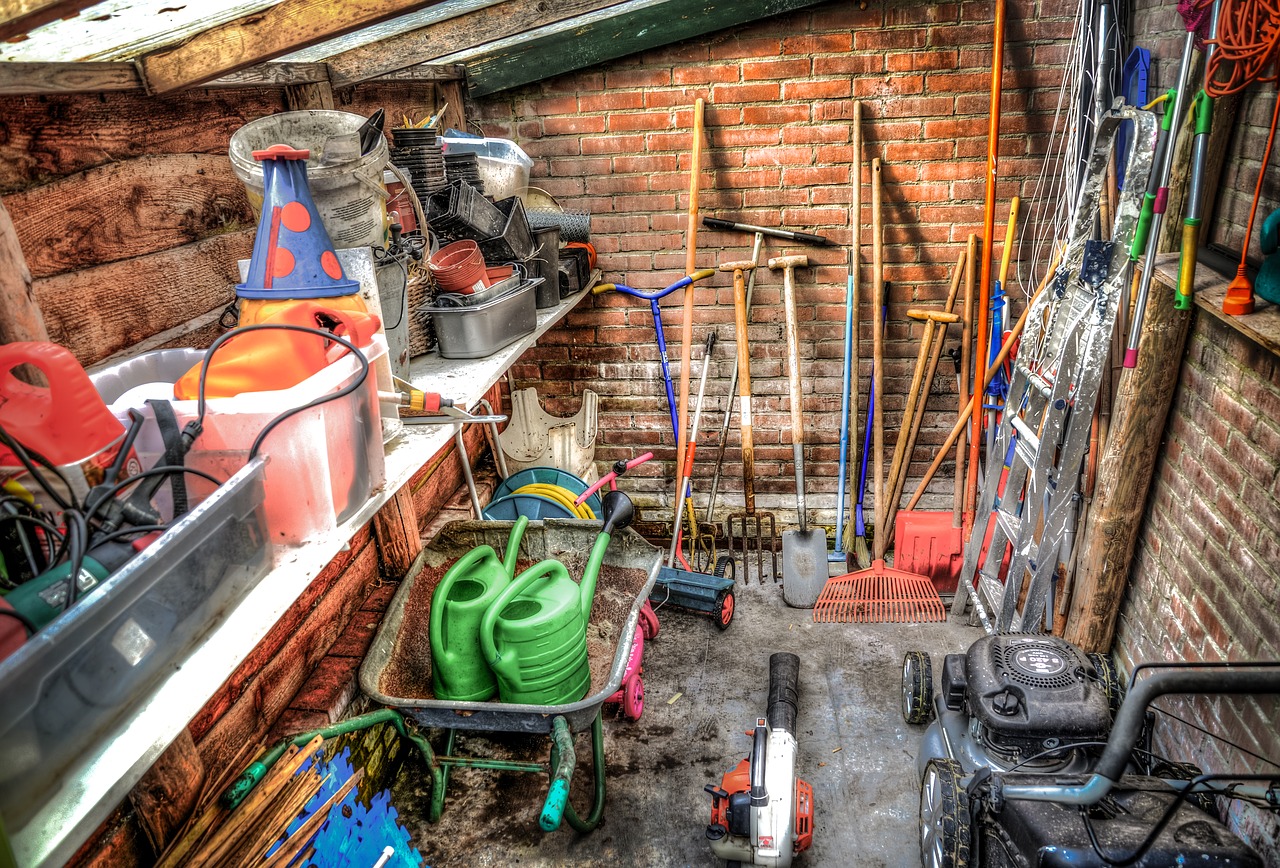How to Get Your Lawnmower Ready for Spring: Maintenance Essentials
By on Mar 02 2018

Hopefully, those of us in the Northeast will soon get to put our shovels and snow blowers away for weedwhackers and lawnmowers a different kind of work, sure, but one that involves far less snow. I, for one, am getting a little tired of having an ice rink for a driveway and I dream of the months where cold starts are a distant nightmare.
Just because snow is still in the forecast doesn't mean you can't start thinking about bringing out the spring and summer equipment. In fact, earlier is better.
Winter is the best time to work on your lawn mower and get it in tip-top shape before it's actually needed because the last thing you want is to think about your mower for the first time on the day you want to use it. If you really want to cut your grass on a nice warm day only to find out your machine isn't working, you're going to be pretty bummed out.
Hopefully, you either drained the fuel tank or added a fuel stabilizer before packing your mower up for the winter. Fuel stabilizers help to keep fuel fresh even after it has been stored for quite some time.
Here are some other tasks you should accomplish to keep your mower running smoothly all summer long.
 Soon it will be time to pull out the lawnmower
Soon it will be time to pull out the lawnmower
Maintenance
Before taking any other steps, it's a good idea to check the maintenance section of your mower's manual to review the best schedule for your machine. This should tell you what maintenance to do and when to do it.
Tune it Up
For safety, it's always a good idea to remove the spark plug before doing any physical maintenance on your machine. Install a new one once everything else is completed. Also, take this time to check the air filter and replace it if necessary.
Clean it Top to Bottom
A clean mower is a happy mower (at least that's the idea). Remove the belt guards on the mower deck to clean out any grass clippings, dirt, and debris that were leftover from the summer. This can be achieved using a strong spray of water and, if necessary, a putty knife.
Too much debris buildup will prevent your mower from properly mulching or bagging. It can even damage belts and pulleys. You can also use an air compressor to blow out debris. Ideally, this should be done after every few uses.
Clean the top of the mower with a rag or brush to remove debris from the deck and out of crevices around the engine and wheels. Post-cleaning, a wax will help keep grass and dirt from sticking to the deck.
Sharpen the Blade
A dull mower blade will do a poor job of cutting your grass, and can actually damage your lawn. When dull, the blades don't slice the grass evenly, but rather chop it. It takes a long time for grass to heal and your grass may turn brown if this occurs.
The blade should be sharpened at least once a year and you should always remove it from the mower before sharpening! Inspect the blade for kicks in the cutting edge. If it's been damaged by rocks or debris, replace it.
Fuel and Lubricate
Your gas-powered mower will run better on fresh unleaded gasoline with an octane rating of 87 or higher and no more than 10% ethanol (if you want to read up on why leaded gasoline is bad, you can do so here).
The problem with ethanol (alcohol) in gasoline is that lowers the shelf life of the fuel and attracts moisture, leading to phase separation. If moisture gets in your fuel and it hasn't been treated with a stabilizer like K100, you're going to have a difficult time getting your grass cut.
Now is also the time to change the oil. First, remove the oil drain plug and let the dirty oil run out into a container. When it has completely drained, replace the plug and refill the crankcase with oil that meets OEM specifications. Make sure to dispose of the used motor oil properly (or make some art out of it).
While you're changing the fluids, don't forget to lubricate the moving parts: a well-lubricated mower is definitely a happy mower. Oil the wheel bearings and other components as directed by your owner's manual.
Follow these steps and you (and your mower) will be ready for grass-cutting season in no time!
Sources:
https://www.popularmechanics.com/home/lawn-garden/how-to/a25372/lawn-mower-repair/
https://www.scotts.com/en-us/library/spreaders-mowing-tools/how-ready-your-lawn-mower-spring






